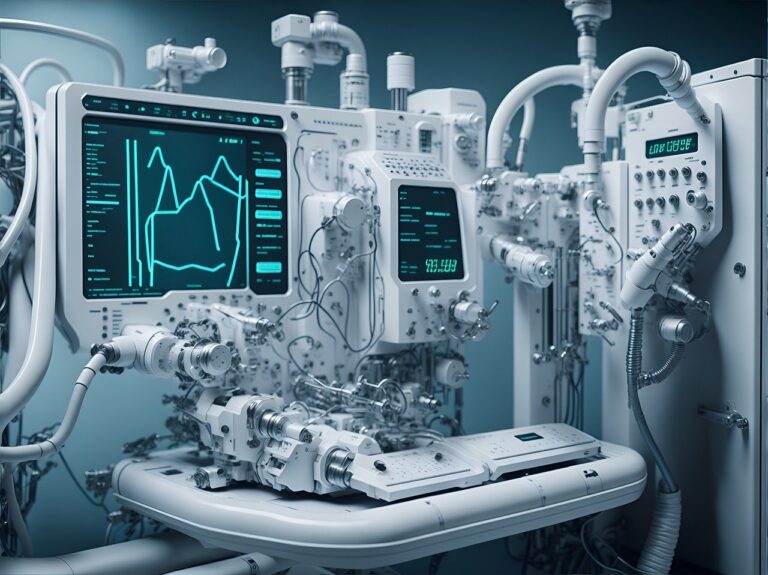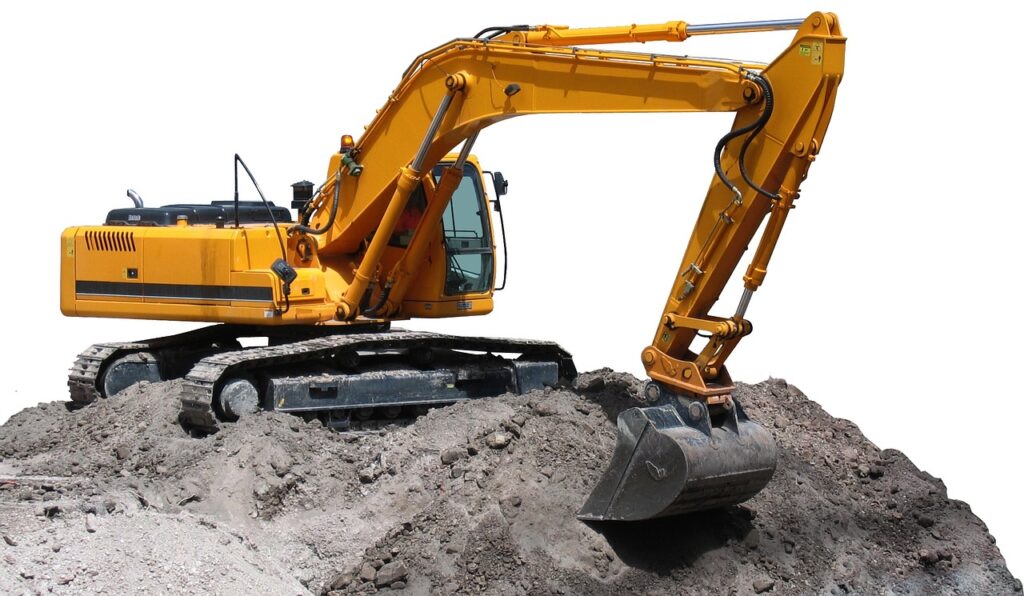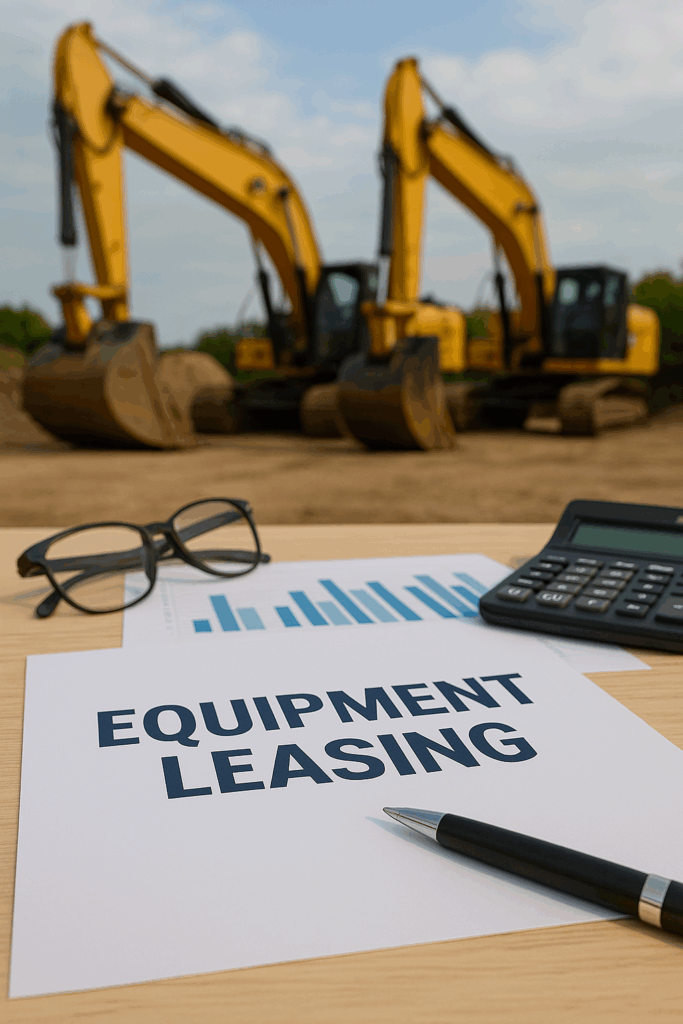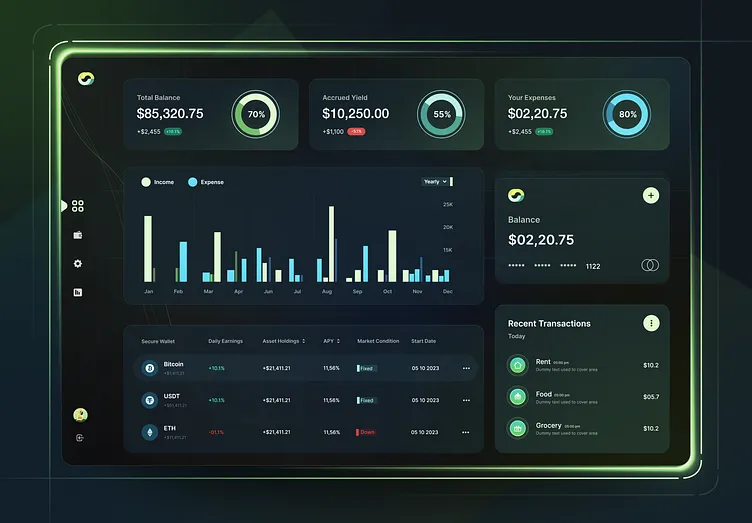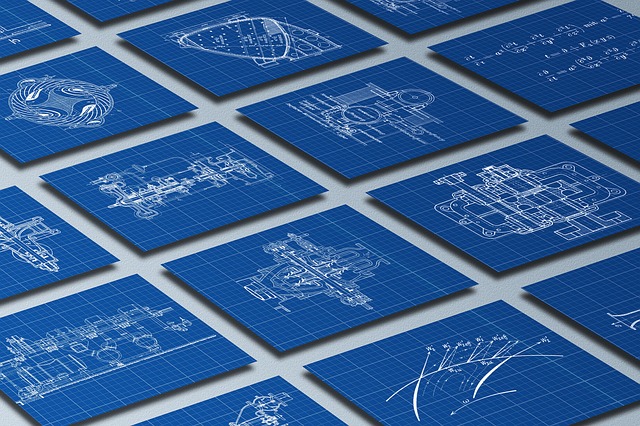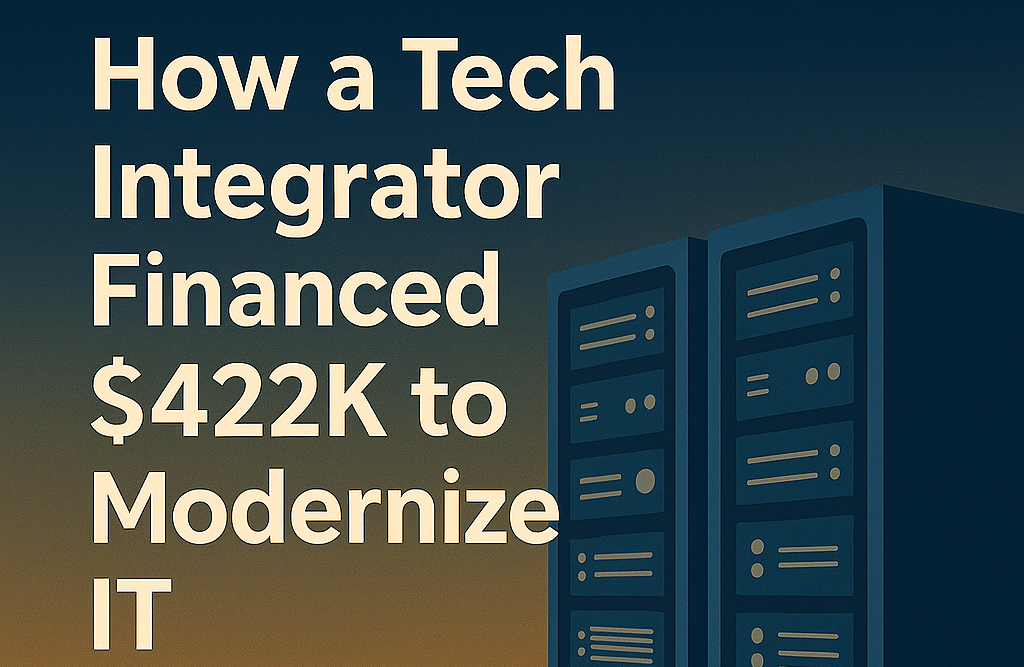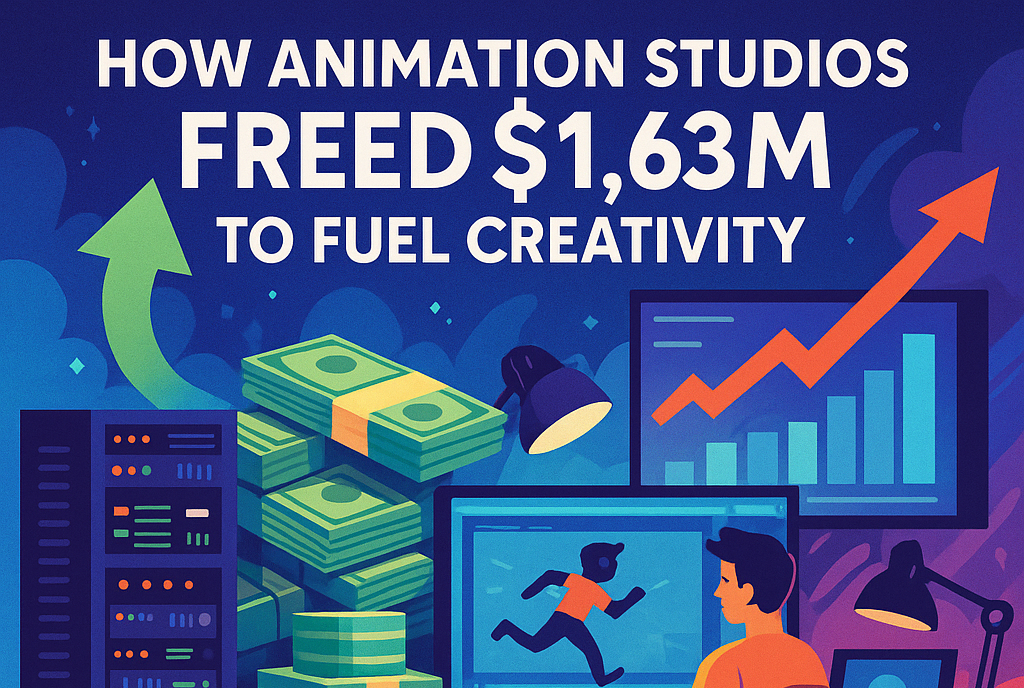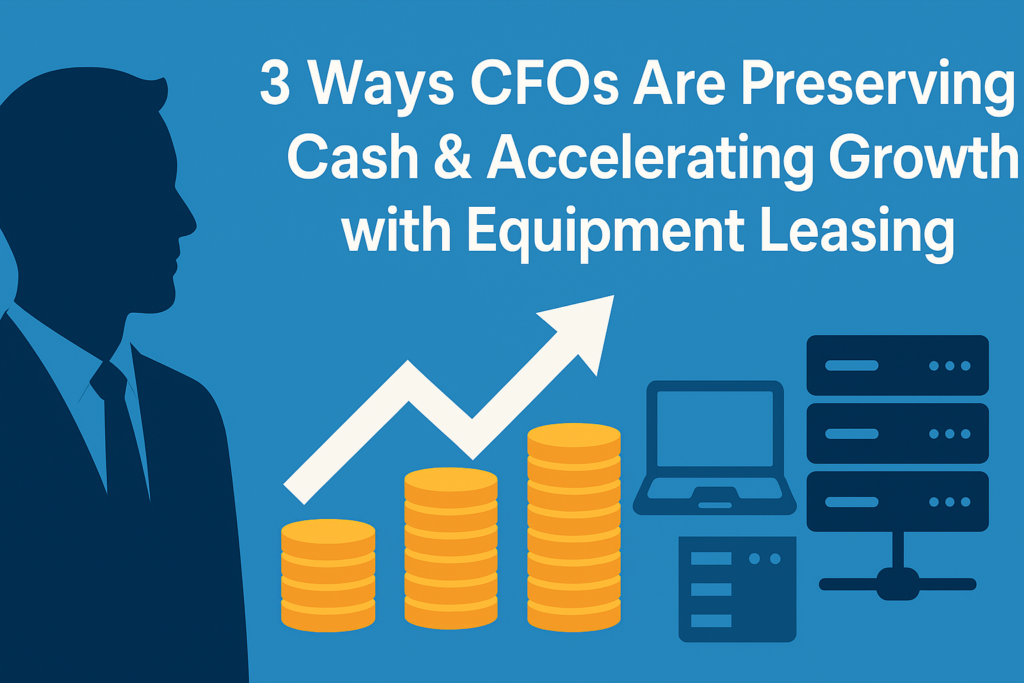In the fast-paced world of healthcare, medical practices and hospitals are constantly faced with decisions that impact their financial health and the quality of care they provide. One of the most critical decisions healthcare providers face is whether to lease or buy medical equipment. Both options have their merits, but the choice largely depends on the specific needs, budget, and long-term goals of the healthcare organization.
At Lion Tech Finance, we specialize in offering tailored solutions that help medical practices make informed financial decisions regarding equipment acquisition. In this blog, we’ll explore the key differences between leasing and buying medical equipment, highlight the advantages and drawbacks of each option, and help you determine which solution is the best fit for your practice.
Why Your Equipment Strategy Matters
Before diving into the pros and cons of leasing versus buying, it’s important to understand why your equipment acquisition strategy matters. Medical equipment represents a significant investment for any healthcare provider, and having the right tools can directly affect the quality of patient care, operational efficiency, and long-term financial sustainability.
Medical practices must balance several key factors:
- Upfront costs
- Ongoing maintenance
- Access to the latest technology
- Tax implications
- Flexibility and scalability
Choosing the right acquisition strategy can optimize cash flow, enhance operational efficiency, and ultimately position your practice for growth.
The Case for Buying Medical Equipment
Full Ownership and Long-Term Asset Accumulation
One of the main advantages of purchasing medical equipment outright is full ownership. Once the equipment is paid off, it becomes a long-term asset that you can use for years without any ongoing payments. For practices with stable cash flow and the ability to invest in capital expenses, buying may seem like the more straightforward option.
Example: A mid-sized hospital purchasing a $1 million CT scanner might benefit from using it for over a decade. After the initial investment, the hospital no longer has recurring payments and can fully depreciate the equipment over its useful life.
Tax Benefits of Ownership
When you purchase medical equipment, you may be able to claim depreciation deductions, which can help offset the cost. Additionally, depending on your country’s tax laws, you might be eligible for specific deductions, such as Section 179 in the U.S., which allows businesses to deduct the full purchase price of qualifying equipment in the year it is bought.
Tax Implication: For a medical practice purchasing $500,000 in equipment, taking full advantage of tax deductions can significantly reduce taxable income, creating immediate savings.
Equipment Longevity and Control
Ownership also offers control. Since the equipment belongs to you, there are no restrictions on how long you can use it. This is beneficial for long-term, durable equipment that doesn’t require frequent upgrades. Additionally, owning the equipment gives you more control over its use, maintenance, and resale value at the end of its life cycle.
Key Benefit: Full control over your equipment, including decisions related to upgrades, resales, or usage, without restrictions imposed by a leasing contract.
The Case for Leasing Medical Equipment
While buying offers ownership, leasing provides financial flexibility, lower upfront costs, and access to cutting-edge technology without the need for significant capital outlay. This approach is becoming increasingly popular among healthcare providers looking to optimize cash flow and keep pace with rapidly advancing medical technology.
Preserving Capital and Enhancing Cash Flow
Leasing allows healthcare providers to acquire expensive medical equipment without making a significant upfront investment. Instead, payments are spread over the lease term, making it easier to manage cash flow and allocate capital to other critical areas, such as expanding patient services or hiring additional staff.
Example: A small clinic can lease a $400,000 MRI machine, making manageable monthly payments instead of depleting cash reserves. This frees up capital for marketing, staffing, and patient care improvements.
Access to the Latest Technology
In an industry where medical advancements happen quickly, leasing offers a strategic advantage by allowing healthcare providers to upgrade their equipment frequently. This flexibility ensures that practices stay at the forefront of medical technology, offering the latest treatments and tools to patients.
Key Benefit: Leasing ensures that your practice can access the latest medical devices without committing to outdated equipment. When the lease term is up, you can easily transition to newer, more advanced technology.
Real-World Insight: A surgical center that leases robotic surgery systems can upgrade to the latest models every few years, ensuring that their patients receive care using state-of-the-art equipment.
Reduced Risk and Maintenance Costs
Leasing medical equipment often includes maintenance and warranty provisions, reducing the financial risk of repairs or breakdowns. Since the leasing company may retain ownership, they are usually responsible for maintaining the equipment and ensuring it operates at peak performance. This reduces the risk of unexpected costs associated with ownership.
Benefit: Predictable maintenance costs and fewer repair headaches allow healthcare providers to focus on patient care rather than equipment maintenance issues.
Example: A hospital that leases imaging equipment may receive free or discounted repairs and routine maintenance as part of the lease agreement, helping them avoid costly breakdowns.
Tax Benefits of Leasing
Leasing payments are typically considered operating expenses, making them fully deductible in the year they are paid. This provides immediate financial relief compared to spreading depreciation over several years with a purchase.
Tax Implication: A healthcare facility leasing a $500,000 MRI machine can deduct the entire lease payment from its taxable income, providing significant savings depending on its tax bracket.
Pain Points Solved by Leasing Medical Equipment
At Lion Tech Finance, we understand that leasing is more than just a financial arrangement—it’s a way to alleviate common pain points for C-level executives and healthcare managers. Here’s how our leasing solutions address the key challenges healthcare providers face:
1. Return Provisions
Many healthcare organizations are unsure what to do with outdated equipment at the end of its lifecycle. Leasing agreements with clear return provisions make it easy to return or upgrade equipment when the lease expires, without worrying about reselling or disposing of it.
Solution: Clear return provisions eliminate the hassle of dealing with outdated technology, allowing you to upgrade effortlessly at the end of your lease.
2. Clear Documentation
Navigating the complexities of equipment leasing can be challenging. We provide clear, straightforward documentation that simplifies the leasing process, allowing you to focus on your practice instead of paperwork.
Solution: Transparent and simple documentation speeds up decision-making, allowing for a smoother leasing process.
3. Easy Billing and Predictable Costs
Leasing offers predictable, fixed-rate payments, making it easier to budget for your practice’s financial needs. Additionally, our easy billing processes ensure that you never have to chase down invoices or deal with billing discrepancies.
Solution: With fixed-rate payments and simple billing, you’ll have more time to focus on what matters most—providing quality care.
4. Flexible Payment Structures
We work with you to create a lease agreement that aligns with your budget and cash flow. Whether you prefer monthly, quarterly, or annual payments, our team ensures that the payment structure works for your practice.
Solution: Tailored payment plans that fit your practice’s unique financial situation, ensuring financial stability and flexibility.
Choosing the Right Option for Your Practice: Leasing or Buying?
When Buying is the Best Option:
- Long-term usage of equipment is expected.
- You have significant capital available for upfront investments.
- The equipment has a long lifespan and will not become obsolete quickly.
- You desire full control over the equipment and its future use.
When Leasing is the Best Option:
- You want to preserve capital and spread payments over time.
- Access to the latest technology is a priority for your practice.
- You prefer predictable costs and maintenance coverage as part of the deal.
- Your equipment needs frequent upgrades due to rapid technological advancements.
Conclusion: Leasing vs. Buying—The Best Choice for Your Practice
Both leasing and buying medical equipment have their distinct advantages, and the right choice will depend on your practice’s financial goals, equipment needs, and long-term strategy. If preserving capital, accessing the latest technology, and reducing maintenance costs are priorities for your organization, leasing may be the more strategic option.
At Lion Tech Finance, we offer flexible leasing and financing solutions tailored to the unique needs of healthcare providers. Whether you decide to lease or buy, our team is here to guide you through the process and help you make the best decision for your practice’s growth and success.
